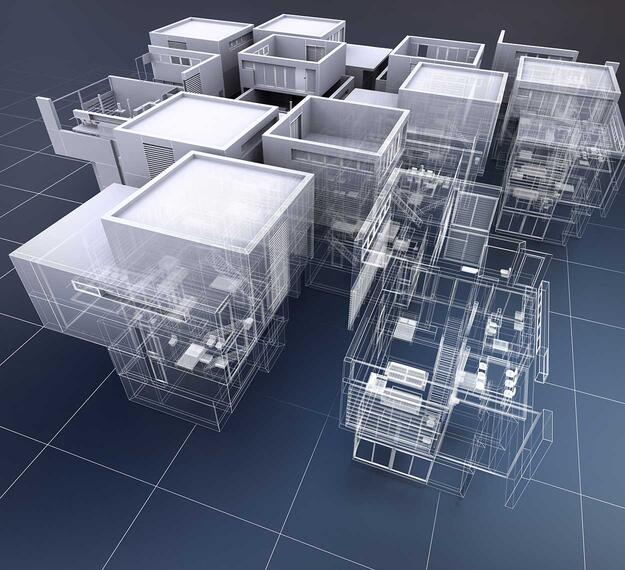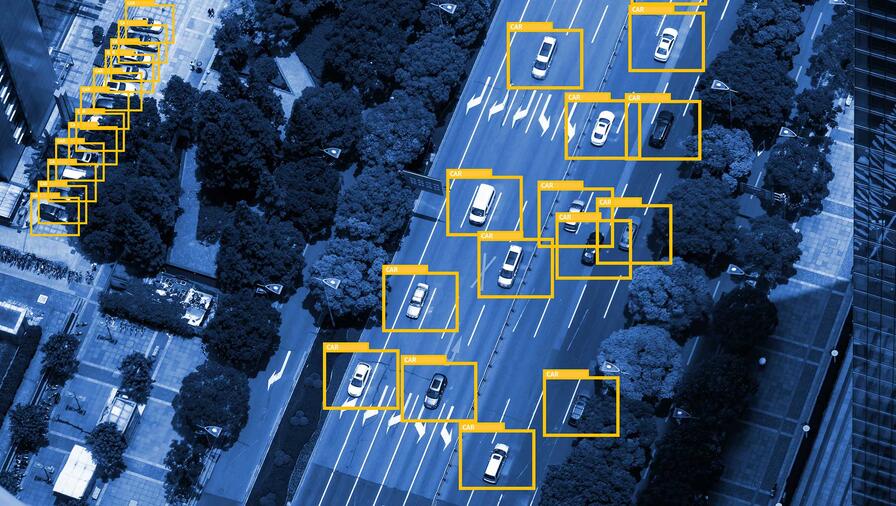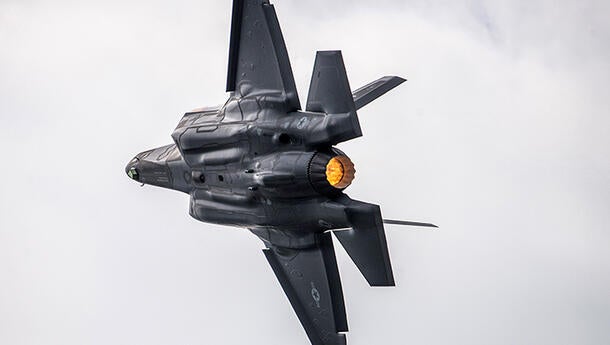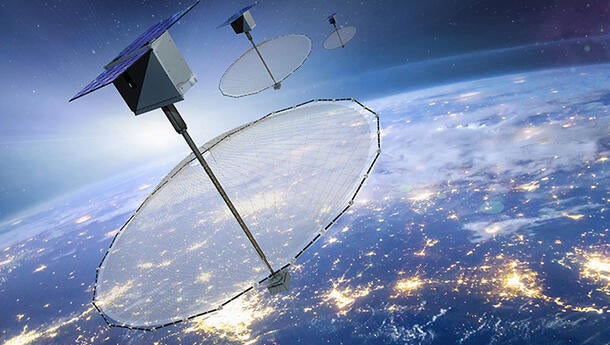Understanding Mission Needs
Agencies are unable to process new imagery as even newer data comes in. Artificial intelligence (AI) technology may offer a solution, but requires robust machine learning algorithms and industry-specific training datasets.
Where most commercial applications can take advantage of plentiful training data that is gathered through crowd-sourcing means, the intelligence and defense communities’ targets are often elusive. The means for gathering training data often require additional security considerations.
Validated Training Data
To support defense and intelligence machine-learning missions and reduce this training data burden, L3Harris is providing a trusted source of labeled synthetic training data to feed algorithms.
Our automated, defense-specific, synthesized, metadata-labeled datasets fill the training gap. This enables further development of deep-learning algorithms unhindered by lack of training data.
Enabling Artificial Intelligence
Technologies and knowledge gained from our 40-year legacy of delivering radiometrically correct, high-fidelity remote-sensing simulations yield proven synthetic training data for intelligence, surveillance and reconnaissance focused machine learning.
Today, using proprietary image sensor simulation and modeling techniques, L3Harris can automate simulated training data generation for defense-focused objects and systems of interest. L3Harris can provide training data production services or support the integration of custom synthetic data generation tools within customer workflows. These capabilities can support panchromatic, multispectral, thermal, hyperspectral and synthetic aperture radar (SAR) systems.






